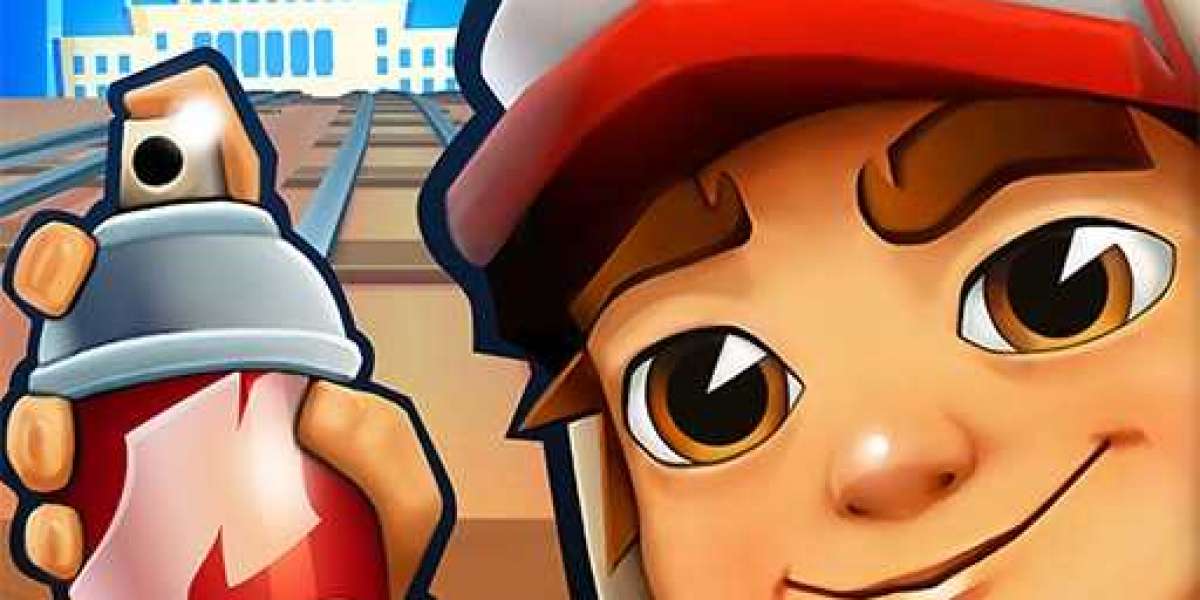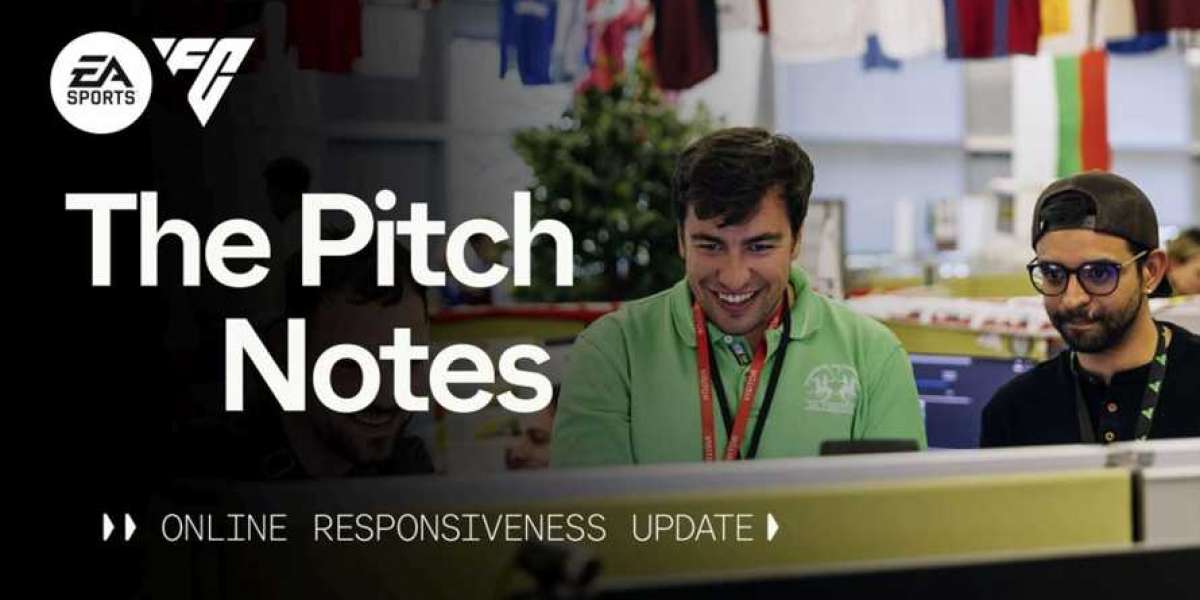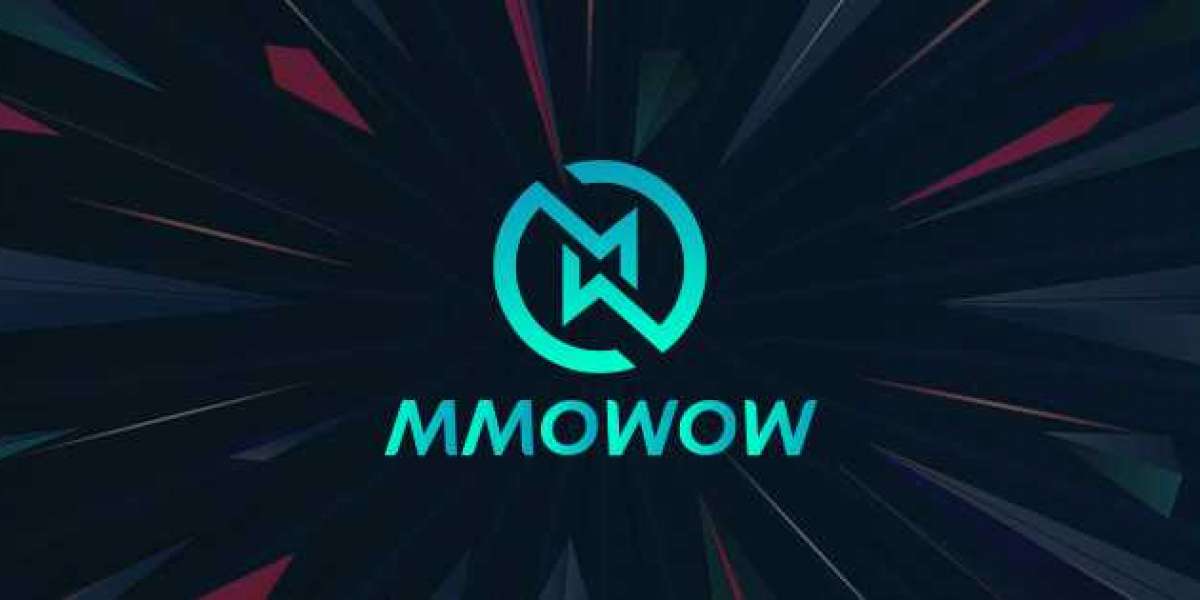The Ongoing Craze for Endless Runners
Still trying to figure out how to create a game like Subway Surfers in 2025? You're not alone—and for good reason. Even though it's been more than a decade since Subway Surfers was first released, it still sits atop the app stores as one of the most engrossing and visually stunning mobile games of all time. Its continued success is due to its high-speed action, easy-to-use controls, and colorful, striking visual design.
Endless runner games such as Subway Surfers are easy to play but difficult to master, presenting a wonderful challenge that suits all ages. Whether you are an independent developer, a startup, or gaming company, getting started with endless runner game development can be a thrilling and lucrative endeavor. In this guide, we will walk you through creating your own Subway Surfers-style game—step by step.
Why Subway Surfers Still Wins in 2025
Why does Subway Surfers endure? It's not only nostalgia. The game has continued to improve with regular updates, a constantly changing world tour setting, and fresh unlockables that keep the player base returning.
The following are the fundamental reasons why Subway Surfers is a mobile gaming legend:
- Smooth Swipe Controls: The intuitive tap controls enable players to pick up and play instantly.
- Vibrant Visuals: Cartoon-like graphics and high-speed animations engage young players and keep experienced gamers.
Global Updates: Fresh environments based on real-world cities keep the game updated. - Reward Systems: Avatars, power-ups, and hoverboards can be unlocked by players while advancing.
- Balanced Monetization: Ads and in-app purchases sustain revenue without compromising gameplay.
Learning about these pillars provides an idea of how you can design your own game's mechanics, graphics, and player retention mechanism.
Planning Stage - Understand the Market Before You Create
It's essential to do market research before jumping into code or graphics. Research user behavior and trends in the endless runner category. Play games like Temple Run, Blades of Brim, and Jetpack Joyride. What do users enjoy most about features? What do they complain about in app store reviews?
Some tools you can leverage:
- Sensor Tower for mobile game analysis.
- Reddit and Discord for community feedback.
- Google Trends to track search interest.
This research will assist you in determining gaps that your game can fill and help you create something that is familiar but innovative.
Picking the Right Engine: Unity, Buildbox More
Your tech stack can make or break development. Unity remains the gold standard due to its flexibility, cross-platform compatibility, and powerful asset ecosystem. However, if you’re looking for a more visual development environment, Buildbox is worth exploring.
Why Unity?
- Ideal for both 2D and 3D endless runners.
- Strong documentation and large developer community.
- Access to Unity Asset Store for pre-built templates.
Why Buildbox?
- No-code/low-code engine for faster prototyping.
- Great for indie developers with limited programming skills.
- Has integrated monetization capabilities.
Both solutions offer the ability to export games to iOS, Android, and even consoles. The decision comes down to your team's technical ability and how complex your game is.
Creating the Core Game Mechanics
Your game has to have something that grips players—something that makes them swipe for more. Begin by defining your core gameplay loop. For an endless runner, that generally entails:
- Swipe left/right to change lanes.
- Swipe up to jump, down to slide.
- Avoid obstacles.
- Collect coins and power-ups.
- Increase the level of difficulty as distance grows.
Ensure these mechanics play well. A stuttering, lagging game that does not respond to input will lose players quickly. Consider using early usability testing with a simple prototype to get the movement and responsiveness right.
The Art of Visual Appeal - Invest in 2D Art Outsourcing
One of the most characteristic aspects of Subway Surfers is its art style—vibrant, childlike, and internationally inspired. If you lack an in-house art team, make use of 2D Art Outsourcing for high-quality visuals that bring your game to life.
Why 2D Art Outsourcing Works:
- Affordable in relation to employing full-time artists.
- Access to niche skill sets: UI/UX, environment art, characters.
- Quicker turnaround for seasonal releases or DLC material.
Concentration on producing:
- Variable character models and attires.
- Proper environments for every place.
- Fluid animations and graphics (such as speed boosts or collisions).
Your graphics have a direct impact on retention, so don't skimp here.
Dynamic Track Design - Keep the Game Fresh
The greatest pitfall of new developers is repeated track design. To sidestep this, use procedural generation so that tracks are never identical. This helps increase replayability and player retention.
Track variety ideas:
- Include zone changes: beach → jungle → subway tunnel.
- Add environmental changes: rain, snow, night mode.
- Add randomized obstacle patterns.
Also, increment game speed and obstacle frequency over time to build a sense of progress and challenge.
Power-Ups, Collectibles Customization
Play should reward, not merely test. Add power-ups that temporarily enhance the player's abilities:
- Jetpacks to fly above obstacles.
- Magnets to automatically pick up coins.
- Shields to be temporarily invincible.
Collectibles should also contribute to a progression system. Consider:
- Mystery boxes that reveal gear.
- Coins to purchase bespoke attire.
- Daily quests to give back to dedicated users.
Customization is crucial to emotional attachment. Provide skins, hats, hoverboards, and so on. Players are more inclined to spend money in-app when they feel a personal connection with their avatars.
Monetization Done Right - Don't Drive Players Away
Monetization for mobile games is delicate. Get it wrong and you lose users. Get it right, and you open up sustainable revenue without ruining the player experience.
Top Monetization Strategies:
- Freemium Model: Download for free, with in-app purchases.
- Rewarded Ads: Players view ads to restore or gain coins.
- Cosmetic Items: Skins, accessories, and boards.
In-App Purchases (IAPs): Coins, lives, or special characters.
Integrate these with analytics software such as Firebase or GameAnalytics to monitor user activity and refine strategies.
Test, Polish, Repeat
There is no perfect game at release. In fact, all successful games had hundreds of versions. Begin with a Minimum Viable Product (MVP), test it, get feedback, and iterate.
Testing Checklist:
- Performance Testing on high-end and low-end hardware.
- User Testing with a small beta audience.
- Bug Tracking with platforms such as BugSnag or Crashlytics.
Polish the UI, audio feedback, transitions, and even font selections. The small things play a bigger role than you realize when attempting to make an addictive user experience.
Marketing Strategy - Hype Before You Launch
The game is not complete when development closes. You'll want a clever marketing plan to attract players.
Pre-Launch Strategies:
- Create a landing page and gather emails.
- Post behind-the-scenes dev on TikTok, Instagram, and YouTube.
- Collaborate with micro-influencers in the mobile gaming space.
Post-Launch Growth Hacks:
- Execute app install campaigns on Meta or Google Ads.
- Utilize push notifications and emails for updates.
- Organize competitions or giveaways to engage your community.
Also, work on App Store Optimization (ASO)—title, description, screenshots, keywords optimization.
Feature Set and Budget Breakdown
|
Note: These figures are subject to change depending on platform, quality, and whether you develop assets internally or use 2D Art Outsourcing.
Typical Development Headaches and How to Overcome Them
Even seasoned developers encounter roadblocks. A few examples follow:
- Performance Problems: Optimize your game for lower-end devices by compressing resources and employing efficient shaders.
- Repetitive Gameplay: Bring in fresh challenges every week using modular level design.
- Server Crashes: Leverage scalable backends such as Firebase or AWS.
- Collision Glitches: Tighten up your physics engine and collision boxes.
- Player Drop-off: E-mail or push reminders about re-engagement with in-game perks.
Maintain an agile pipeline to deploy updates rapidly and remain current.
Real Game Screens - A Peek at What's Possible
Insert real screenshots or mockups of your Subway Surfer-type game here.
This provides prospective investors or partners with a glimpse of what's possible if one has the proper planning, art, and gameplay design.
Final Thoughts
You now have a complete blueprint for building your own endless runner in the style of Subway Surfers. From choosing the engine to designing mechanics, from monetization to marketing—you’re equipped with actionable steps.
Endless runners remain a staple of mobile gaming, and with tools like 2D Art Outsourcing, Unity, and Buildbox, it's easier than ever to get started. If you’re aiming to compete with the best subway surfers-like games, there’s no better time to begin development than now.
Need assistance to turn your ideas into reality? Collaborate with Technoloader—mobile game development specialists with experience in creating dynamic, scalable, and beautiful endless runner games. We can assist you from concept to launch.








